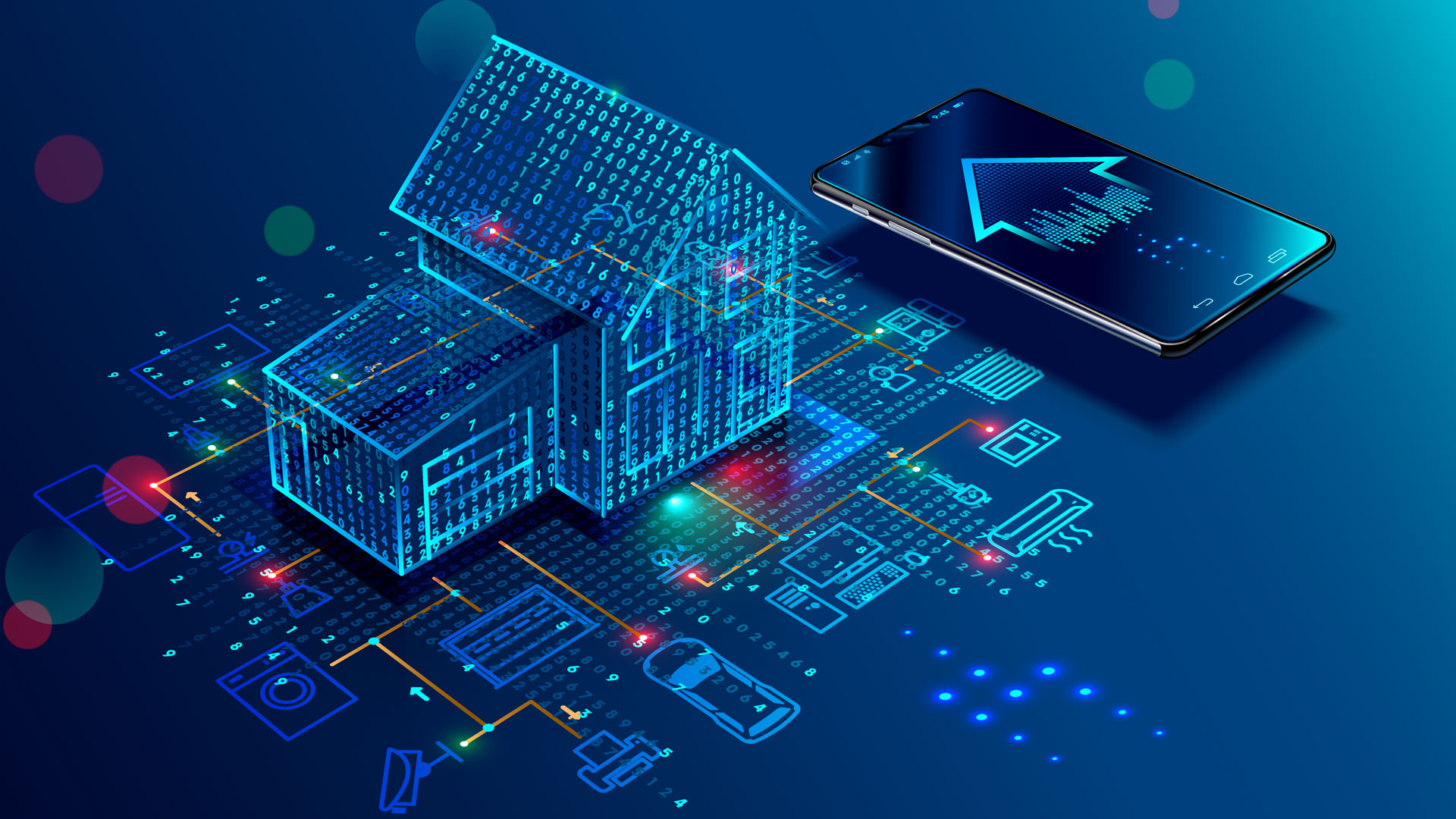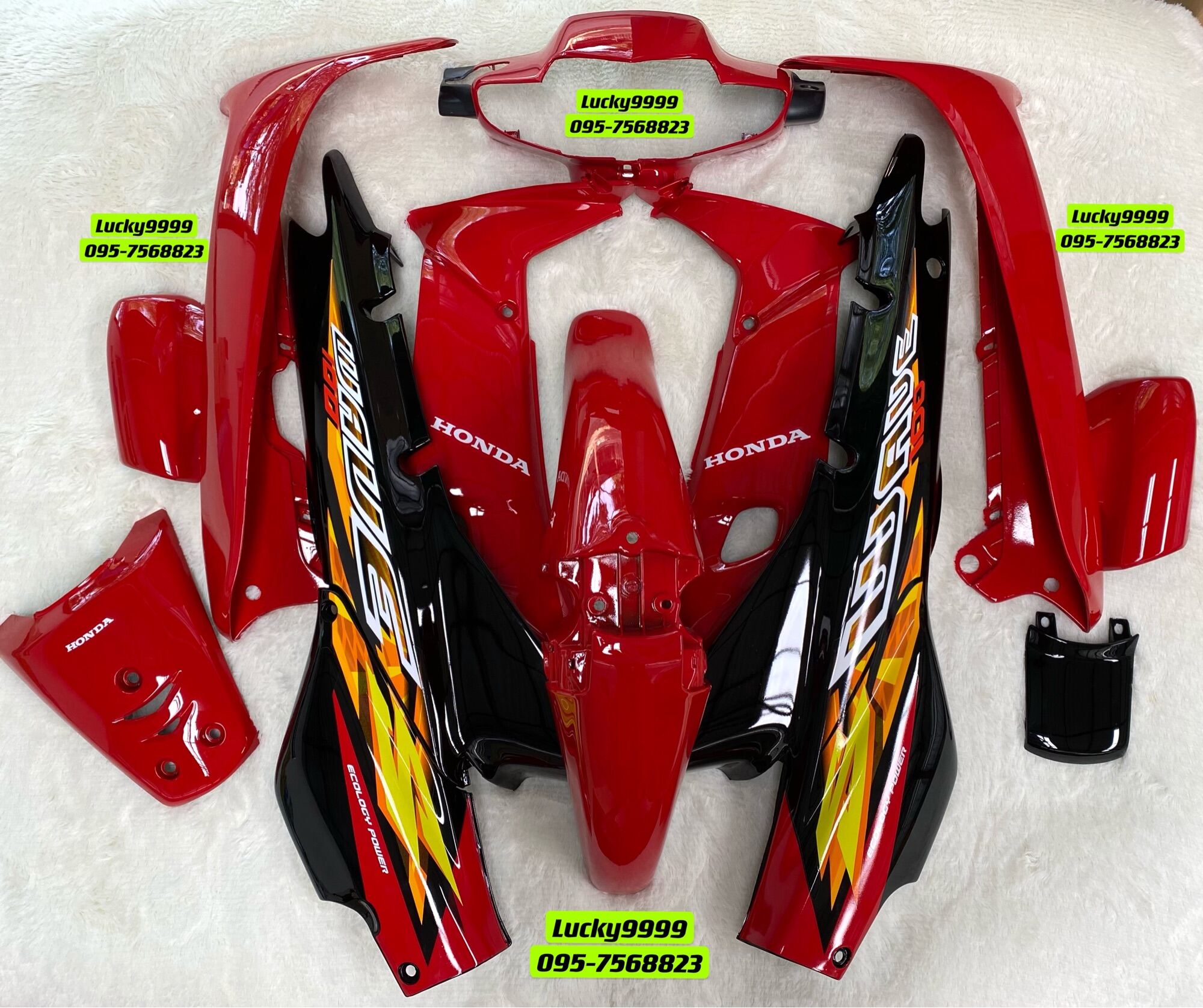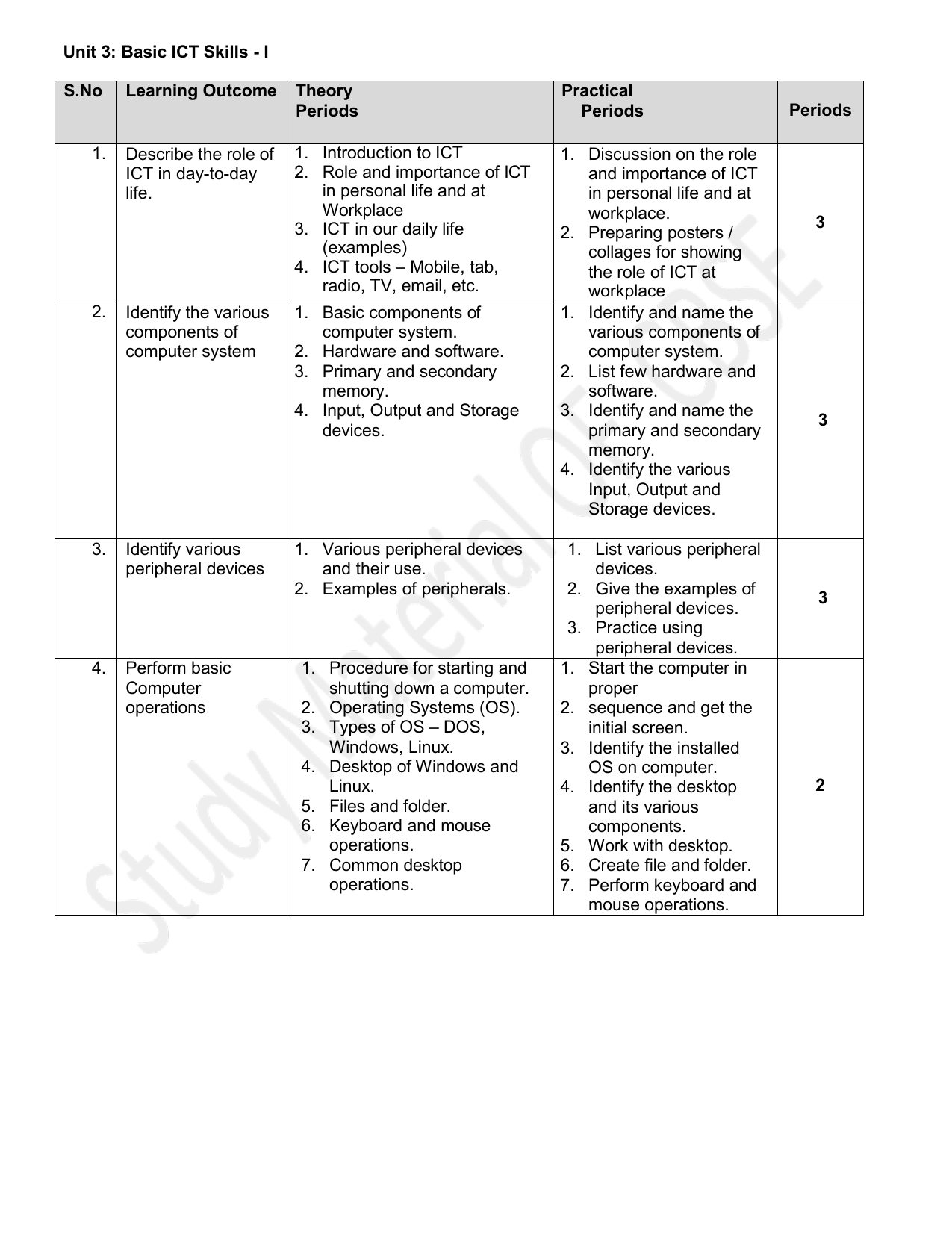Hey there, tech enthusiasts and digital nomads! Let's dive into something that’s shaping the future of connectivity and efficiency—remoteIoT applications. If you’ve ever wondered how devices thousands of miles apart can communicate seamlessly, this is your chance to uncover the magic behind it. RemoteIoT applications are more than just buzzwords; they’re transforming industries, enhancing productivity, and redefining how we interact with technology. So, buckle up because we’re about to embark on an exciting journey through the realm of remoteIoT. Trust me, it’s gonna be epic.
Now, let’s set the stage. RemoteIoT applications are not just limited to tech-savvy industries. They’re everywhere, from agriculture to healthcare, from smart homes to industrial automation. The idea is simple yet powerful: connecting devices remotely to gather data, perform tasks, and optimize operations. But what makes them so special? Well, that’s what we’re here to explore. So, whether you’re a techie or just curious, this article will give you the lowdown on everything remoteIoT.
Before we jump into the nitty-gritty, let’s address the elephant in the room. Why should you care? Because remoteIoT applications are not just a trend—they’re a necessity in today’s fast-paced world. They’re revolutionizing how businesses operate, how cities are managed, and how we live our daily lives. So, if you’re ready to dive deep into the world of remoteIoT, let’s get started. You won’t regret it, trust me.
- Jared Kushners Education From Harvard To Real Estate Mogul
- Tito Jacksons Net Worth The Untold Story Behind The Millions
What Are RemoteIoT Applications?
Alright, let’s break it down. RemoteIoT applications are essentially software solutions that leverage the Internet of Things (IoT) to enable remote monitoring, control, and management of devices and systems. Think of it as giving your devices superpowers to communicate and collaborate without being physically present. These applications are built to handle data from sensors, devices, and networks, turning raw information into actionable insights. And guess what? They’re becoming smarter with advancements in AI and machine learning.
But here’s the kicker: remoteIoT applications aren’t just about connecting devices. They’re about creating intelligent ecosystems that adapt to user needs, optimize resources, and enhance efficiency. Whether it’s monitoring crop health in agriculture or managing traffic flow in smart cities, these applications are designed to solve real-world problems. So, if you’re wondering how remoteIoT applications work, it’s all about connectivity, data, and intelligence. Pretty cool, right?
Why RemoteIoT Applications Matter
Let’s face it: the world is getting more connected every day. And with that connectivity comes the need for smarter, more efficient solutions. RemoteIoT applications step in to fill that gap by providing businesses and individuals with tools to manage resources better, reduce costs, and improve outcomes. For instance, in the healthcare sector, remoteIoT applications are enabling doctors to monitor patients’ vital signs in real-time, even when they’re miles apart. That’s not just convenience; it’s life-saving technology.
Moreover, remoteIoT applications are driving innovation across industries. From enhancing supply chain management to optimizing energy consumption, they’re proving to be game-changers. And with the rise of 5G and edge computing, the possibilities are endless. So, if you’re still wondering why remoteIoT applications matter, it’s because they’re shaping the future of connectivity and transforming the way we live and work.
Applications Across Industries
RemoteIoT in Agriculture
Agriculture is one of the sectors benefiting the most from remoteIoT applications. Farmers are using these tools to monitor soil moisture, weather conditions, and crop health in real-time. This not only helps in optimizing water usage but also in predicting and preventing crop diseases. Plus, with remoteIoT, farmers can control irrigation systems and fertilization processes without stepping foot on the field. It’s like having a virtual farmhand that works 24/7.
RemoteIoT in Healthcare
In healthcare, remoteIoT applications are revolutionizing patient care. Wearable devices equipped with IoT sensors are enabling doctors to track patients’ health metrics continuously. This means early detection of potential health issues and timely interventions. Moreover, remoteIoT applications are making telemedicine more effective by providing doctors with accurate, real-time data. It’s like having a personal doctor in your pocket.
RemoteIoT in Smart Cities
Smart cities are another area where remoteIoT applications are making waves. From managing traffic flow to monitoring air quality, these applications are helping cities become more sustainable and efficient. For instance, remoteIoT sensors can detect traffic congestion and adjust traffic lights accordingly, reducing travel time and emissions. It’s like giving cities a brain that thinks and reacts in real-time.
Key Features of RemoteIoT Applications
So, what makes remoteIoT applications tick? Here are some key features that set them apart:
- Real-Time Monitoring: These applications provide up-to-the-minute data, allowing users to make informed decisions quickly.
- Remote Control: Users can control devices and systems from anywhere, making management easier and more efficient.
- Scalability: RemoteIoT applications can be scaled to accommodate growing needs, whether it’s adding more devices or expanding functionality.
- Interoperability: They can integrate with existing systems and devices, ensuring a seamless user experience.
These features not only enhance functionality but also ensure that remoteIoT applications remain relevant and effective in a rapidly evolving tech landscape.
Challenges and Solutions
Of course, with great power comes great responsibility. RemoteIoT applications come with their own set of challenges, such as security concerns, data privacy issues, and technical complexities. But don’t worry, these challenges are not insurmountable. By implementing robust security protocols, encrypting data, and using advanced analytics, developers are ensuring that remoteIoT applications remain safe and reliable.
Moreover, ongoing research and development are addressing these challenges head-on. With advancements in blockchain technology and edge computing, the future looks bright for remoteIoT applications. So, while there are challenges, the solutions are evolving just as quickly, ensuring a secure and efficient ecosystem for users.
Future Trends in RemoteIoT
Looking ahead, the future of remoteIoT applications is bright. With the advent of 5G, AI, and quantum computing, we’re set to see even more innovative solutions. For instance, edge computing is enabling faster data processing, reducing latency and enhancing performance. Meanwhile, AI is making remoteIoT applications smarter, allowing them to learn and adapt to user preferences. It’s like having a personal assistant that gets better with time.
Moreover, the integration of remoteIoT with other emerging technologies is opening up new possibilities. From autonomous vehicles to smart grids, the potential applications are endless. So, if you’re wondering what’s next for remoteIoT, the answer is simple: the sky’s the limit.
How to Implement RemoteIoT Applications
Step 1: Define Your Objectives
Before diving into implementation, it’s crucial to define your objectives. What do you want to achieve with remoteIoT applications? Is it cost reduction, efficiency improvement, or better decision-making? Clarifying your goals will guide the entire implementation process.
Step 2: Choose the Right Platform
With so many platforms available, choosing the right one can be overwhelming. Look for platforms that offer scalability, interoperability, and robust security features. Some popular options include AWS IoT, Microsoft Azure IoT, and Google Cloud IoT. Each has its strengths, so choose based on your specific needs.
Step 3: Develop and Test
Once you’ve chosen a platform, it’s time to develop and test your application. This involves coding, integrating with existing systems, and conducting thorough testing to ensure everything works as expected. Remember, testing is key to identifying and fixing potential issues before deployment.
Real-World Examples
Let’s take a look at some real-world examples of remoteIoT applications in action:
- John Deere: The agricultural giant is using remoteIoT applications to optimize farming operations, from planting to harvesting.
- Philips Healthcare: They’re leveraging remoteIoT to enhance patient monitoring and improve healthcare outcomes.
- Siemens: In smart cities, Siemens is using remoteIoT applications to manage energy consumption and reduce carbon emissions.
These examples showcase the versatility and impact of remoteIoT applications across different sectors. They’re not just tools; they’re solutions that drive innovation and efficiency.
Conclusion
Well, there you have it—a deep dive into the world of remoteIoT applications. From understanding what they are to exploring their applications across industries, we’ve covered a lot of ground. RemoteIoT applications are not just a trend; they’re a necessity in today’s connected world. They’re transforming industries, enhancing efficiency, and redefining how we interact with technology.
So, what’s next? If you’re inspired by the potential of remoteIoT applications, why not share this article with your friends and colleagues? Or better yet, leave a comment below and let us know what you think. Together, we can continue the conversation and explore the endless possibilities of remoteIoT. Trust me, the future is exciting, and it’s all about connectivity.
Table of Contents
- What Are RemoteIoT Applications?
- Why RemoteIoT Applications Matter
- Applications Across Industries
- Key Features of RemoteIoT Applications
- Challenges and Solutions
- Future Trends in RemoteIoT
- How to Implement RemoteIoT Applications
- Real-World Examples
- Conclusion



Detail Author:
- Name : Ms. Kathlyn Yundt II
- Username : august99
- Email : clint73@hotmail.com
- Birthdate : 1989-05-17
- Address : 385 Borer Oval East Verdaville, MS 59476
- Phone : +1 (407) 717-1332
- Company : Kshlerin Group
- Job : Audio and Video Equipment Technician
- Bio : Eveniet eveniet sint neque eum quod. Occaecati placeat laboriosam perferendis placeat. Recusandae ea vero id occaecati. Ea quia at facere non est aspernatur ut.
Socials
instagram:
- url : https://instagram.com/schimmela
- username : schimmela
- bio : Adipisci tenetur mollitia odio qui sit velit impedit inventore. Qui sit commodi nemo harum.
- followers : 6517
- following : 1284
facebook:
- url : https://facebook.com/aschimmel
- username : aschimmel
- bio : Perspiciatis eaque recusandae ut sed commodi fugiat.
- followers : 3494
- following : 1165